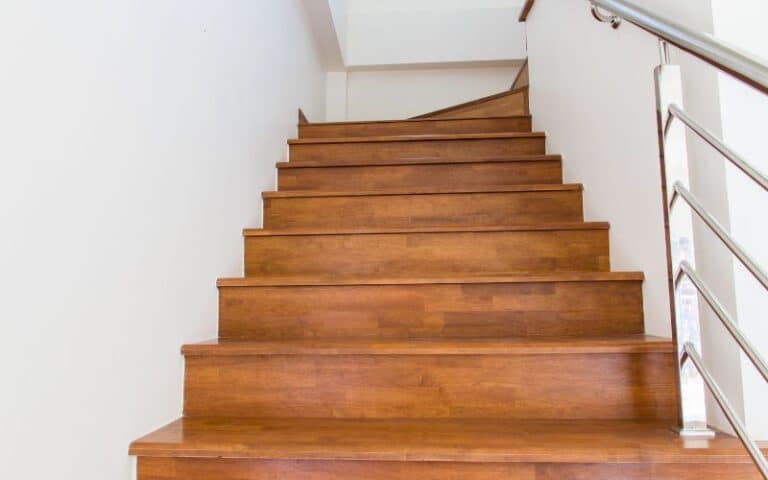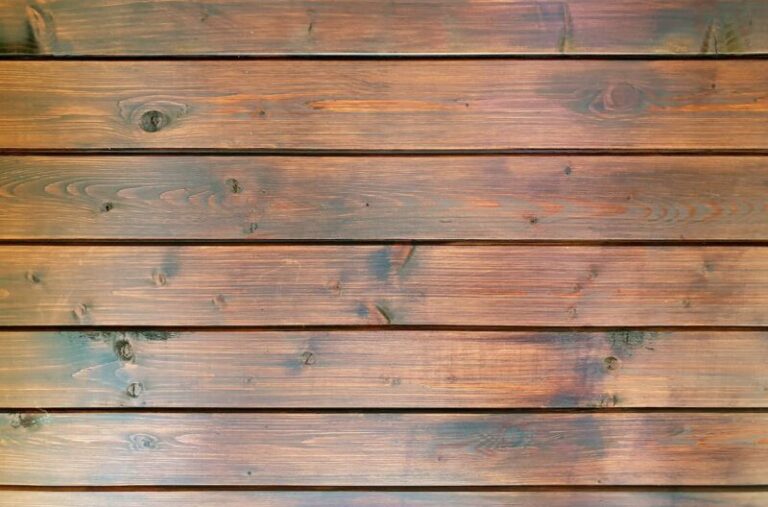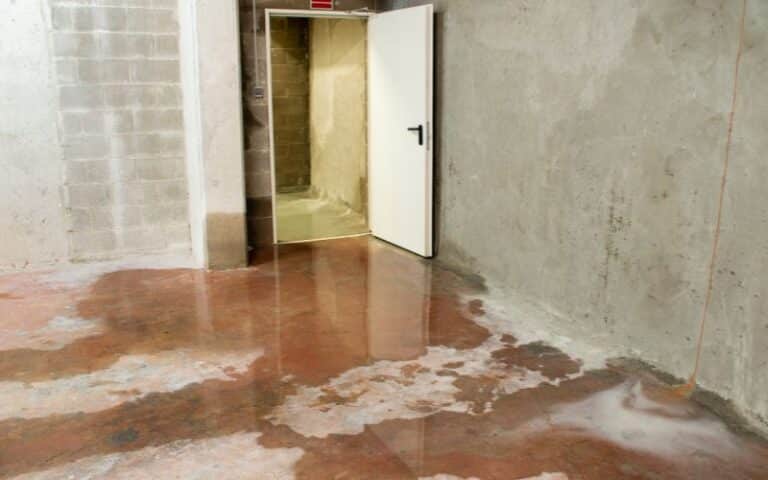Everyone has the right to decorate their home as they please. But covering up glorious hardwood floors under the carpet is one thing I cannot wrap my head around.
Many of the homeowners, like me, will agree with me. It isn’t uncommon for us to discover hardwood hidden under shabby carpets.
Ready for a Flooring Quiz?
Is It Possible to Restore Hardwood Floors Under the Carpet?

Fortunately, it is possible to restore hardwood floors under carpet. The process is simple and cost-effective. Pull the carpet off the floors to reveal the hardwood floors.
After that, scrape the carpet glue, remove the nails and staples, clean up the dirt, fill the holes in the wood, sand the floors down, stain, and seal with polish.
Here’s a breakdown of the steps to restore hardwood floors under the carpet:
Scraping Stuck Pieces of Carpet
Once you have removed the bigger pieces by pulling them, it is time to scrap the carpet pieces stuck to the wood and any remaining glue.
For this step, mix vinegar and water and apply it on the edges of the stuck pieces. The mixture will help dissolve the glue, and carpet pieces will loosen up.
Don’t apply too much of a mixture, though, or apply and leave if you don’t want to damage the hardwood floors further.
Use a wood scraper to push the mixture under the carpet to remove all the stuck pieces from the floor. The wood scraper will also allow you to remove the glue.
Removing Nails and Staples
If you think you have removed all the nails and staples holding down the carpet, think again.
There is always more to be found. But executing isn’t just important to restore hardwood floors under the carpet; it is also essential to ensure your safety and the safety of your household members.
Pliers and crowbars can help you remove the nails and staples effectively.
Cleaning Up the Dirt and Debris
Once the floor is free of carpet and its remnants, it is time to clean up. Begin with sweeping up the dust, dirt, and debris, then mop the floor with water using a damp microfiber mop.
Using a dry microfiber cloth, wipe off the excess water. Let the floors completely dry before moving on to the next step.
Optional Step: Securing the Remaining Carpet
You must only execute this step if you are not stripping the entire carpeted area. Leaving carpet unsecured, i.e., unpinned, can make people trip over it.
Dust can also accumulate under the remaining carpet, damaging the carpet and the floor.
Get spikes and edges from the carpet section of your local hardware store. Install the spikes by lifting the edge of the carpet where it meets the uncovered floors and slide them facing up.
Take the strip and secure it onto the wood floor along the edge. Pull the carpet back, bend it to place it between the strip, and tap the carpet edges using a hammer to secure everything.
Filling up the Wood
The fourth step to restoring hardwood floors is quite simple. Get a wood filler or putty and a putty knife.
With a putty knife, take a small amount of the filling material and put it in the holes. Press down on the holes to fill them. Smooth over any excess material with the knife over the surface.
Allow the material to dry before moving on to the next step. To make further steps easier, get the wood filler or putty in the same or matching stain as the one you plan to use on the hardwood floors.
Sanding the Floors
Sanding is the most crucial step in restoring hardwood floors. Sanding the wood means rendering the wood smooth by removing its top layers.
Sanding is important because it removes the scratches and stains that cannot be filled or treated. It thins down the wood but is not worth worrying about if you are not going overboard.
Always sand a thin layer before analyzing the need to go on, depending on the condition of the wood.
You can sand the hardwood floor manually using sandpaper or a sander, i.e., a sanding machine.
If the area where you want to restore hardwood floors is small, such as the entryway, you can accomplish it with sandpaper.
However, any big space will require you to get your hands on a sander. You can rent or borrow one if you don’t want to invest.
If the hardwood floors have been painted over, you must sand down the paint before sanding the wood stain to reveal a smooth wood surface.
Sanding the floors creates a lot of dust, so it goes without saying that you must clean the hardwood floors after you complete sanding the entire area.
Stick to sweeping and vacuuming the floors at this stage.
Staining the Floors
Get the color you want to stain your hardwood floors and apply a little stain immediately.
Always stain along the grain and allow the first coat to dry completely before deciding if you want the hardwood floors’ color to appear darker.
Polishing the Floors
Wood polish comes in many forms, such as oil-based, wax-based, polyurethaneane, etc.
However, the purpose of all wood polish is the same, i.e., to seal the stain and protect the wood. The different kinds of wood polishes offer different advantages.
For example, one may give a silky and high-quality appearance to the floors, while the other might be able to protect the floors better.
Depending on the wood used for the hardwood floors in your home and your preference, you can choose the right wood polish to restore hardwood floors under the carpet completely.
No matter which wood polish you use, they are easy to apply.
Make sure you polish the hardwood floors after the stain is completely dry and allow the polish to dry before allowing any traffic on the floors.
That’s it! Enjoy your restored hardwood floors.






